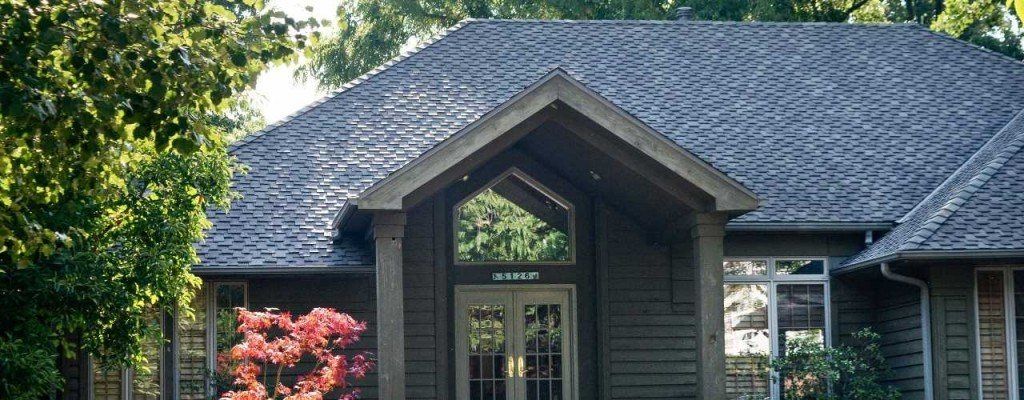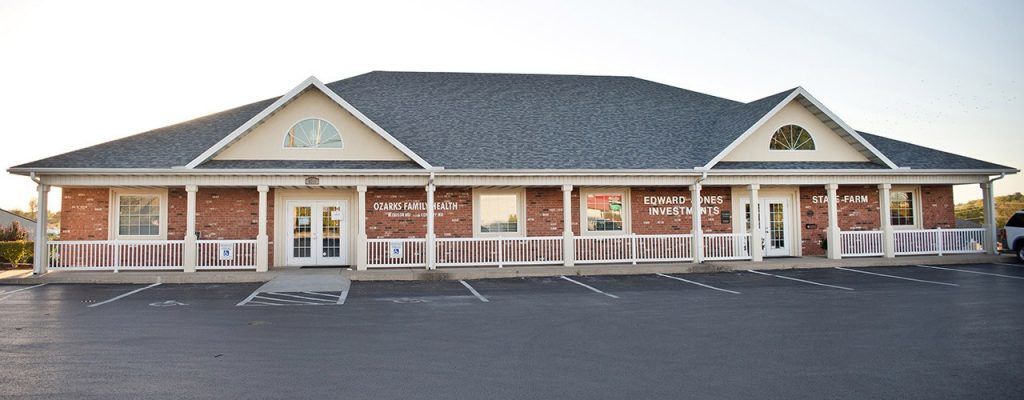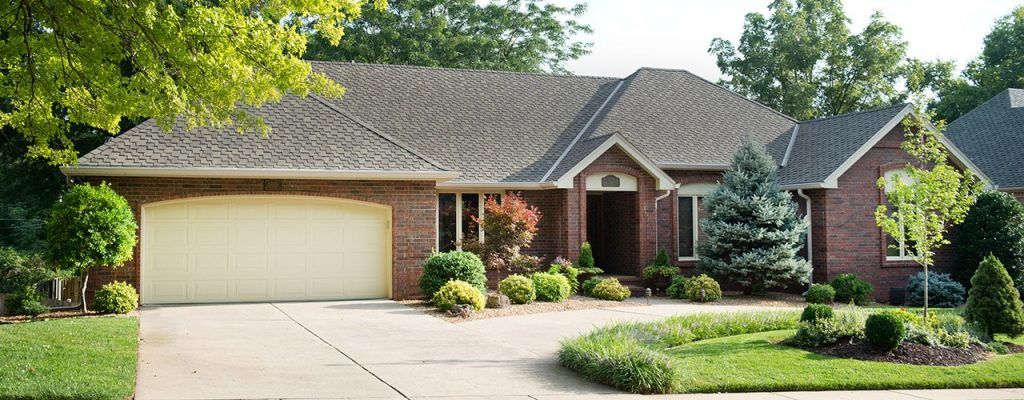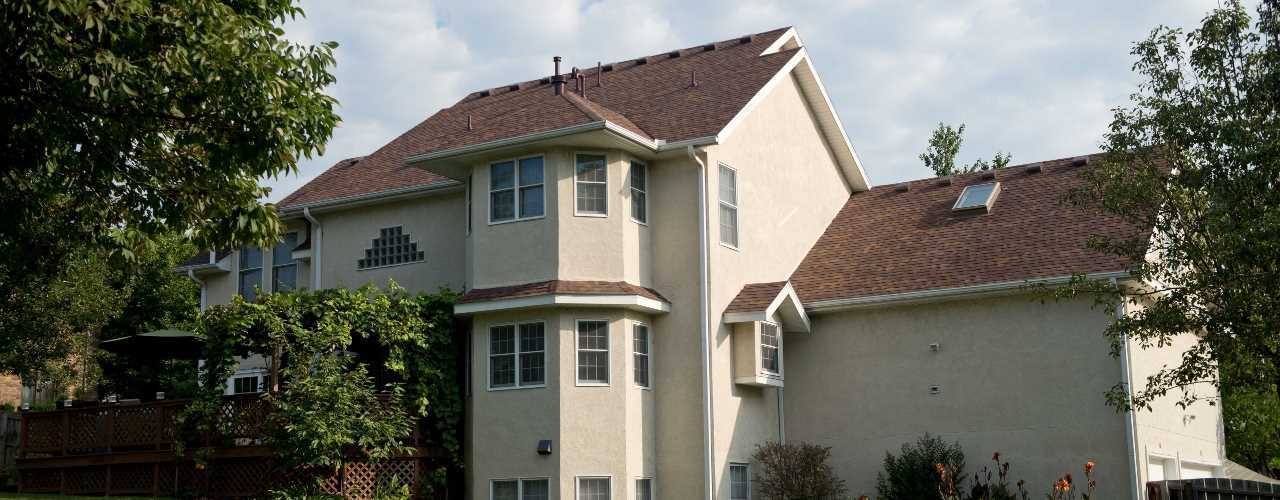Roofers In Springfield, MO
From residential roofing in Springfield to commercial roofing or steep or low-slope roofing, Glennstone Roofing can handle any type of roof installation in the Springfield MO and surrounding areas. Your roof is one of the most important parts of your home. It should keep your house dry, safe, and energy-efficient. Commercial roofs are generally more complex than their residential counterparts. This is due, in part, to their size and structure. There are many choices available in roofing products, and we can help you choose the best option for your Springfield roof from a wide range of materials, styles, and color choices. Good ventilation is essential to the proper functioning of any roofing system. Improper ventilation can lead to all sorts of negative consequences, from mold growth and higher utility bills to premature failure of your roofing system.




